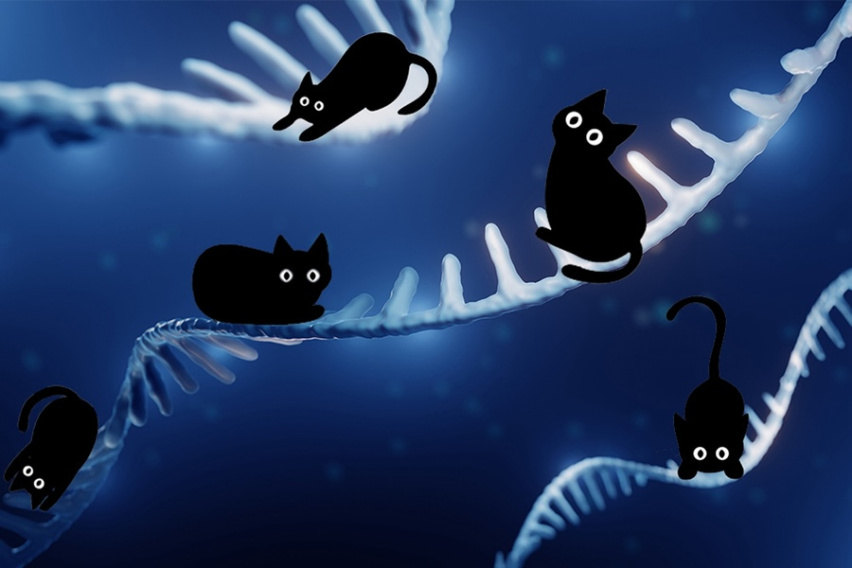Jameel Clinic
December 21, 2021
Researchers from MIT’s Jameel Clinic for Machine Learning and the Koch Institute came together to discuss applications of machine learning and artificial intelligence in the study, detection, and treatment of cancer. The meeting, which included research presentations and a networking reception, laid the groundwork for future collaboration, partnerships, and exchanges.
